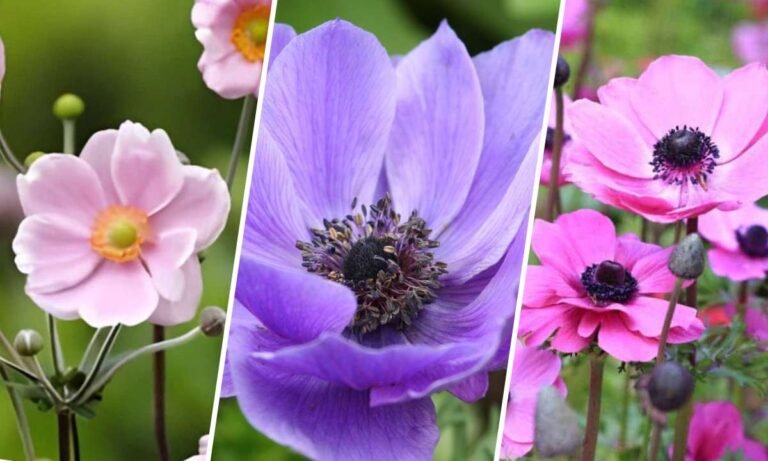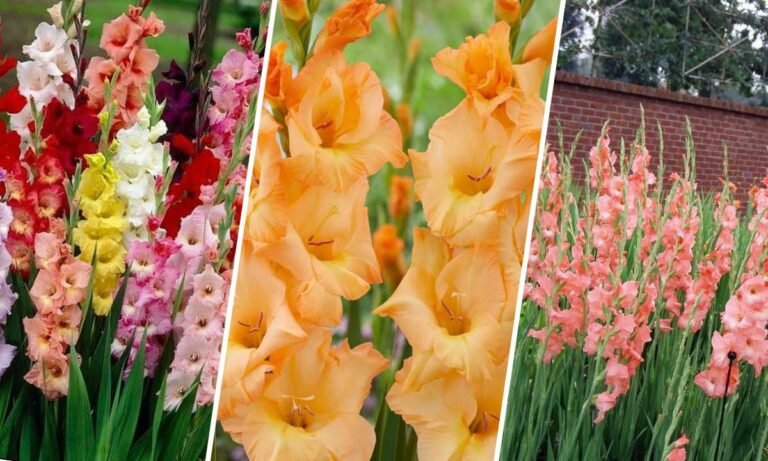Introduction
In the world of Tokyo Ghoul, symbolism is deeply woven into the story, with flowers playing a particularly important role. The anime and manga series, created by Sui Ishida, use different flowers to express deep emotional and psychological themes. Understanding these floral symbols makes watching the series even more meaningful, revealing layers of depth that might not be obvious at first glance.
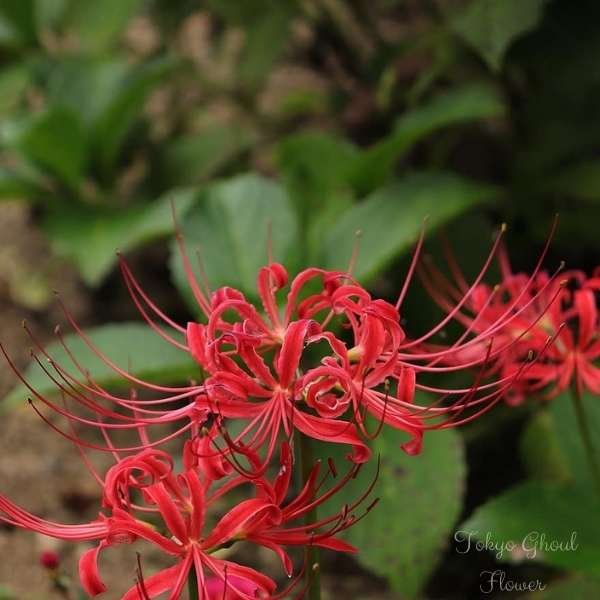
The Symbolism of Flowers in Tokyo Ghoul
White Lilies: Innocence and Purity
White lilies often appear in Tokyo Ghoul, symbolizing innocence and purity. These flowers show up in scenes involving characters who represent or struggle with these qualities. For example, the main character, Kaneki Ken, is frequently associated with white lilies. This reflects his internal fight to keep his humanity in the monstrous world of ghouls. The presence of white lilies emphasizes the themes of purity and innocence lost and sought after in a world full of darkness.
Red Spider Lilies: Death and Rebirth
Red spider lilies, or Higanbana, symbolize death, rebirth, and the afterlife. These striking red flowers often appear in scenes of violence and transformation. They represent the inevitable cycle of life and death, a central theme in Tokyo Ghoul. Characters who undergo significant changes, like Kaneki, are often shown with red spider lilies, highlighting their rebirth into new, often more powerful forms.
Blue Roses: Unattainable Love and Mystery
Blue roses in Tokyo Ghoul signify unattainable love and mystery. These rare flowers are linked to characters whose love is forbidden or impossible. The blue rose’s rarity and mystique mirror the complex and often tragic romantic relationships in the series. For instance, the relationship between Kaneki and Touka faces many challenges, symbolized by the elusive blue rose.
Character-Specific Floral Symbols
Touka Kirishima: Lavender and Strength
Touka Kirishima is often associated with lavender, symbolizing strength, calmness, and healing. Lavender represents Touka’s dual nature – her fierce strength in battle and her gentle, nurturing side. This flower captures her journey from a ruthless fighter to a compassionate person seeking peace.
Kaneki Ken: White and Red Roses
Kaneki Ken’s complex character is symbolized by white and red roses. The white rose represents his initial purity and innocence, while the red rose signifies his later transformation and the passionate, often violent path he takes. This duality reflects his struggle to reconcile his human side with his ghoul nature.
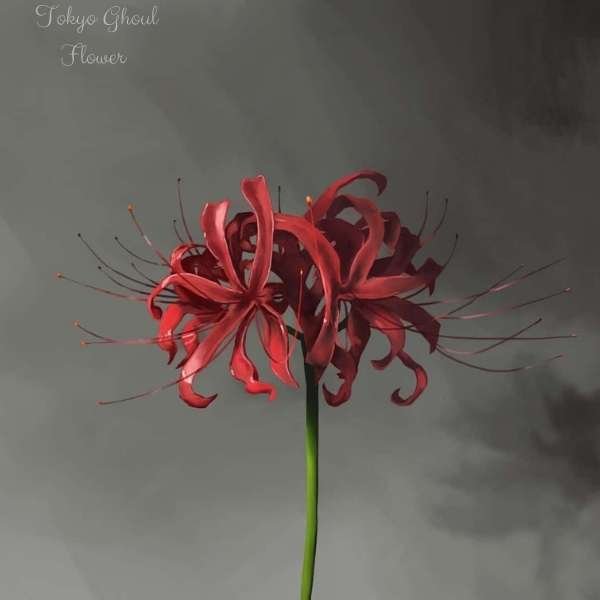
Thematic Significance of Flowers in Tokyo Ghoul
Conflict Between Humanity and Monstrosity
Flowers in Tokyo Ghoul are not just decorative but serve as powerful symbols of the conflict between humanity and monstrosity. The contrast of beautiful, delicate flowers against the backdrop of brutal violence highlights the stark contrasts and internal conflicts the characters face. This symbolism invites viewers to think about the delicate balance between human and ghoul, beauty and horror.
Hope and Despair
The floral imagery also moves between hope and despair. Flowers like the white lily and lavender offer glimpses of hope and purity amidst the chaos, while red spider lilies and blue roses embody despair, unattainable desires, and the inevitable approach of death. This duality in floral symbolism adds depth to the narrative, providing deeper emotional resonance to the characters’ experiences.
Transformation and Identity
The recurring theme of transformation and identity in Tokyo Ghoul is beautifully illustrated through floral symbols. Characters like Kaneki and Touka undergo profound personal transformations, mirrored by the flowers associated with them. The transition from innocence to experience, from human to ghoul, and from weakness to strength is captured in the evolving floral motifs.
Cultural Context of Floral Symbols
White Lilies in Japanese Culture
In Japan, white lilies are associated with purity and nobility. They are often used in religious and ceremonial contexts, symbolizing the divine and the pure. In Tokyo Ghoul, this cultural symbolism is used to highlight the innocence and inner purity of characters in a corrupt and violent world.
Red Spider Lilies and Death
Red spider lilies hold a special place in Japanese culture, symbolizing death, farewell, and the afterlife. These flowers are often planted in graveyards and are believed to guide the dead to the next life. Their frequent appearance in Tokyo Ghoul underscores the omnipresence of death and the characters’ constant dance with mortality.
Blue Roses and Rarity
Blue roses, being rare and often artificially created, symbolize the impossible and the mysterious. In Japanese culture, they represent the pursuit of the unattainable. This symbolism is poignantly used in Tokyo Ghoul to illustrate the elusive nature of true love and the characters’ struggles with their deepest desires and fears.
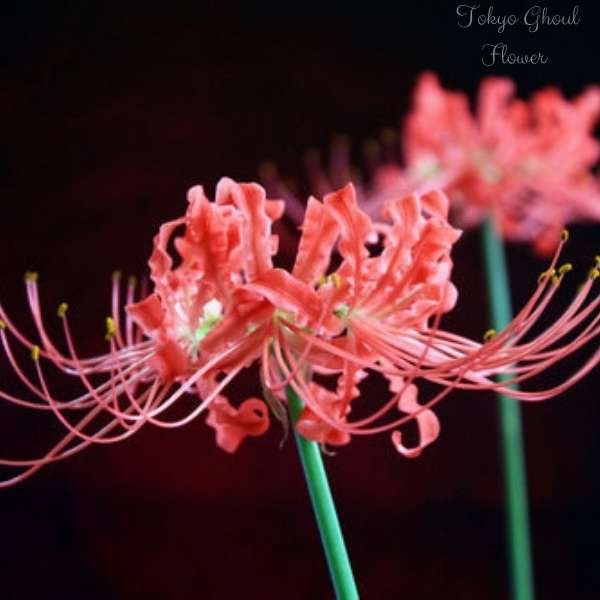
Conclusion
The profound use of floral symbolism in Tokyo Ghoul adds rich layers of meaning to the series. By understanding the significance of flowers like white lilies, red spider lilies, blue roses, and lavender, viewers can gain deeper insights into the characters’ inner worlds and the overarching themes of the narrative. The delicate balance between hope and despair, humanity and monstrosity, and innocence and transformation is beautifully captured through these floral motifs, making Tokyo Ghoul not just a tale of horror and action but a poignant exploration of the human condition.

